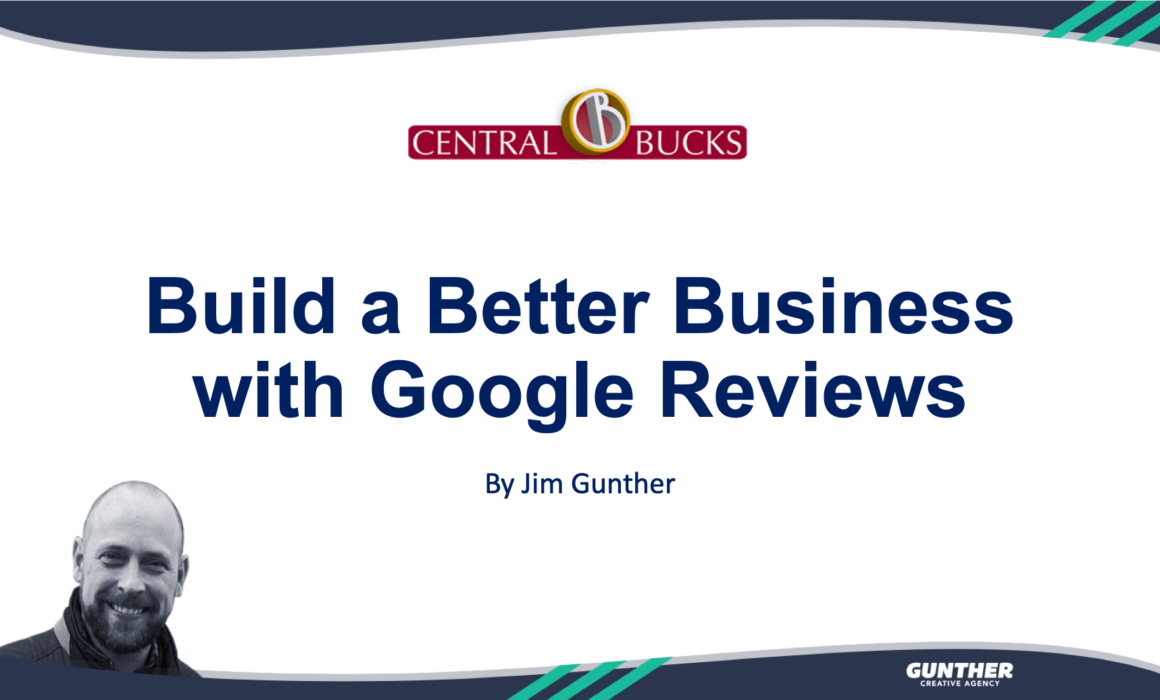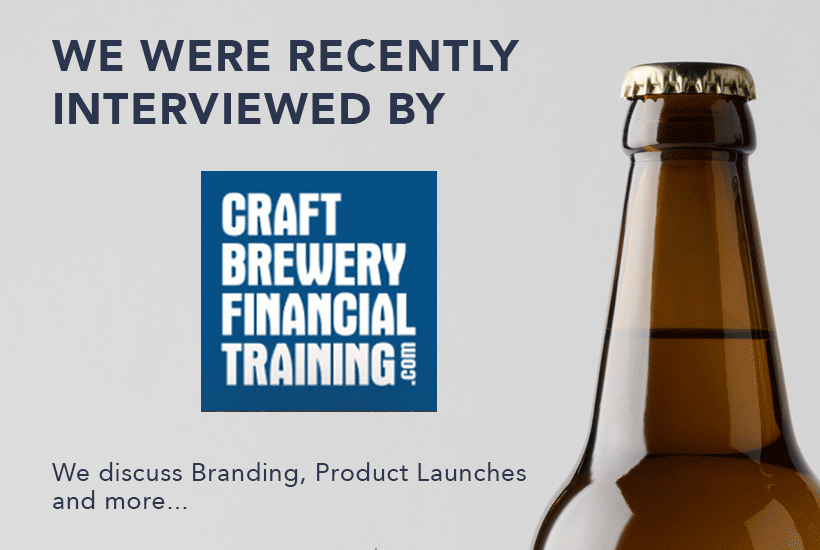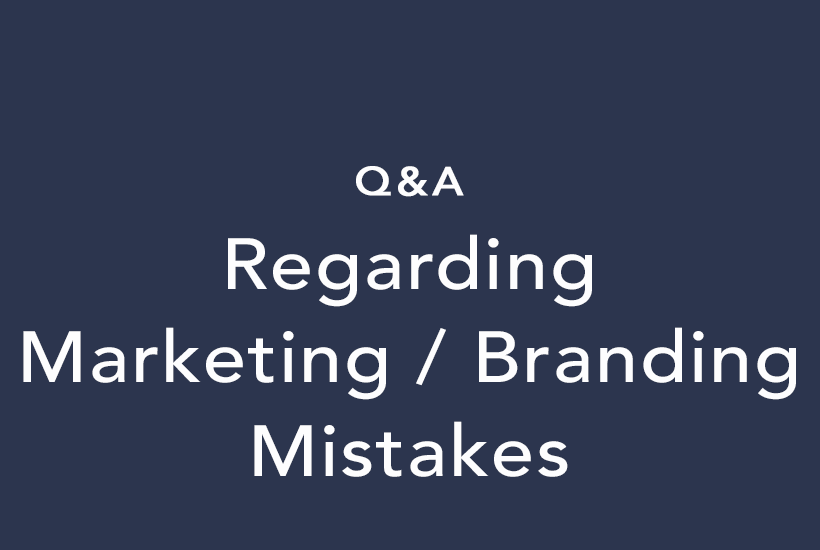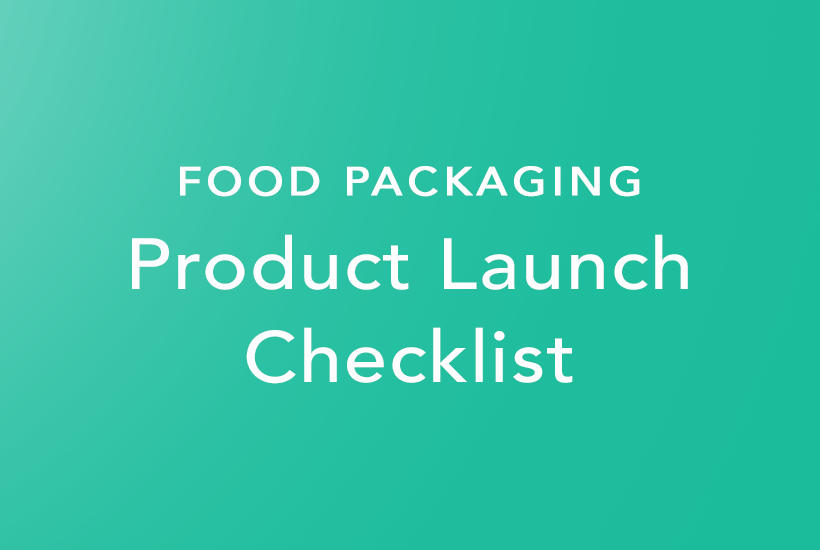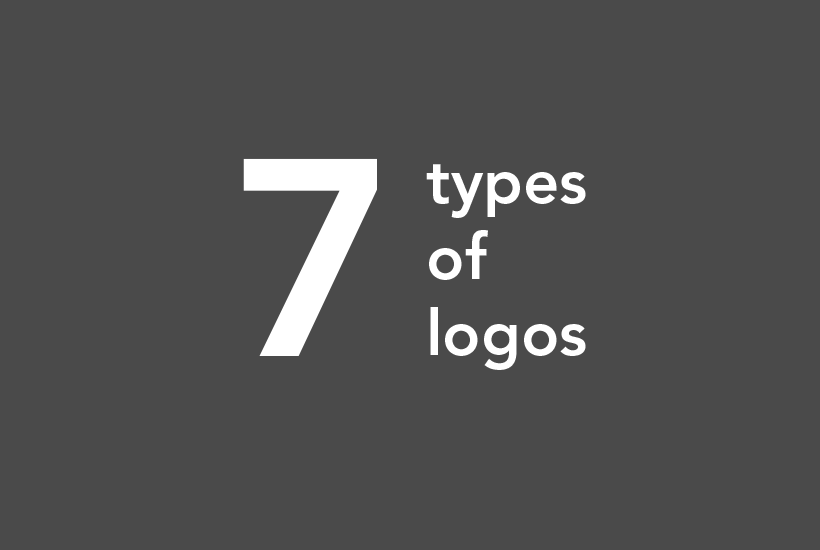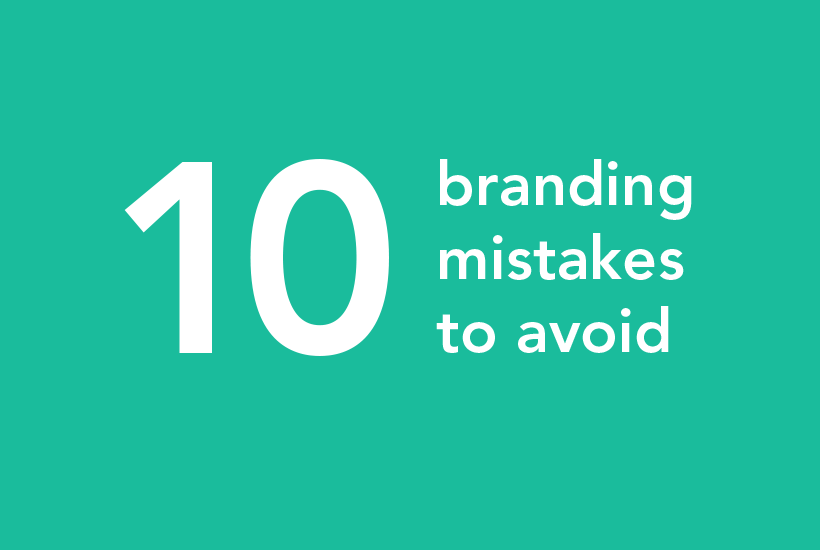Recent Podcast Interview
We Talk Branding, Product Launches, and more…
Listen to Full Interview with Craft Brewery Financial Training
“In this podcast we talk with Jim Gunther from Gunther Creative Agency. Jim specializes in creating beautiful visual identities: branding, packaging, print, digital and more. He has recently added beverage formulation to his list of services.
Jim has created a Product Launch Checklist which includes all the things you should consider when launching a new product.
The product launch checklist includes to-do’s for legal, product development, graphics, marketing production, operations, and much more. The checklist pulls it all together in one place to help you have a profitable brand launch.
Time is money. You can’t afford to make mistakes or have delays during a product launch. Listen to the podcast and use Jim’s checklist to keep your team on task and on deadline.”
7 tips to Improve your website
1. Page Load Speed
Mobile users want answers fast. They are likely to leave your site if they can’t get the information quickly. 3 seconds or less is the ideal load time. Here are links to FREE TOOLS to test your site:
Suggestions to make your site faster:
- Optimize your images
- Compress files
- Change web host
2. Use Simplified Navigation
Mobile viewers are in a hurry and often distracted. The simpler the navigation the better. The quicker to understand the better.
- Make it simple.
- Don’t make it too large or too long.
- List important things first.
- Make it easy to find information they are looking for.
- Don’t make people scroll from side to side.
- Use Hamburger menus
3. Use Call To Action Buttons
Understand why consumers visit your site and what information they are looking for. Add buttons with Call To Actions easy to find. Make these buttons scalable (don’t use image buttons)
3. Less Content Can Be More
Mobile screens are smaller. Don’t overload your site with too much content. Keep things short and easy to find. Keep content “above the fold” – so they don’t have to scroll to find the information
4. De-clutter Your Design
Don’t overly clutter your site with too many big bold elements. Use them sparingly so the site isn’t visually overwhelming people.
5. Fewer Fonts
The number of fonts effects load times. Instead of more fonts, use 2-3. Try different stylings of the same font. Sans-serif fonts are usually better for legibility. View Font choices here
6. Eye-catching Visual Cues
Make use of bold, eye catching visual cues to help indicate a hover, selection, or a load. This can be a color change, a movement, or other that provides the important visual cue.
7. Mobile Test Your Own Site
While your site may look good on a desktop or laptop, make sure you test your site from a tablet or smart phone to make sure everything works, shows and moves like intended. Things like forms, links, image scaling can all play a factor.
Q&A: Regarding Marketing & Branding Mistakes
Tell me about some marketing / branding mistakes that you have come across?
I worked on an essential oil brand in which the marketing department requested to have two different logo lockups: on the label vs on the box the product came in. To me that didn’t make sense. I tried to talk them out of it. After 3 years of printing they admittedly changed the design and cleaned it up. It allowed the scent variations (via color) to be distinguished easier.
Any others that you can think of?
Actually, the same marketing department had us work on a specialty package for the same essential oils. We designed the box. The oils sat in this plastic tray inside the box. However, the bottle depth and dimensions were different and thus they did not rest against the window. The bottles ended up falling out of the mold of the tray and were in disarray within the box. It looked terrible on the shelf and you could easily have had some breakage/ leakage. The Marketing team put it together in pieces, but never looked at the full finished product together until it was too late.
Have you ever seen a product with a bad name?
Ha, yes actually! I once worked on a coconut water. The company came up with a cute little name which was a combination of two words. They didn’t think to do any checking on it. Well, coconut waters are popular in Brazil and turns out the name they came up with was coincidentally (in Portuguese) slang for “big piece of poop.” That doesn’t sound like a good-tasting drink to me.
What about domain names? Have you seen any bad domain names?
Yes, and I won’t say which one(s). If your domain name needs to be spelled out because it’s too complex or it does not make sense, then you shouldn’t be using it. Try to get a simple, easily understood domain name. If the name is not available, try adding call-to-actions (that make sense and are short) to the name.
What recommendations do you have for putting together a product line in terms of package design?
There are lots of things you can do, but one simple thing that I often see cause issues involves product copy. When coming up with product copy across the line, make sure names, words, phrases, ingredients, sell copy, etc… are similar in length that way the design can look and fit consistent (if it can be avoided). Sometimes it can’t be avoided, but many of times, the product line will look better on the shelf and in ads, if they have consistent design treatments that lineup and match.
Product Launch Checklist
The function of food packaging is to encompass, hold and protect the product. The goal or aim however, is to attract consumers. The key to success, is having your packaging and brand identity clearly communicating information in a concise and relevant way to your target audience. Below are a few tips on how to design great food and beverage packaging.
1) Packaging
Before you do a product launch, be sure to go over the following checklist
- Product freshness and protection
- Brand aesthetic
- Environmental commitments
- Space for messaging
- Durability
- Ease of shipping
- Secondary packaging and storage
- Shelf Life
- Product copy, ingredients, warnings, and other key consumer information
- Printing Method
- Color, shape, size and impact on the shelf
7 types of logos
Your logo is your mark on the world, an instant visual symbol, full of meaning that reveals the essence of your brand. Before you pack so much significance into a graphic representation, you should do your homework. The logo should be informed by brand research and driven by strategy and positioning. It must be highly differentiated from your competition, evoke your brand personality, and convey your brand voice.
It’s helpful to understand the 7 types of logos before embarking on the path to creating or refreshing your brand.
1) Wordmarks (or Logotypes)
Wordmarks comprises of a standalone word(s) or acronym. It should be easily read and distinctive. Minor tweaks and treatments can help make it unique. Examples includes:
- NASA
- Braun
- Coca-Cola
- Fedex
2) Letter Marks (or Monograms)
Letter marks don’t constitute a complete word or message. They are free standing letters and therefore must be characterized by bold personality and significance to be memorable. Examples include:
- Air BnB
- Univision
- IBM
- McDonalds
- Westinghouse
3) Conceptual Marks (or Pictorial Marks)
- Conceptual marks draw on the power of imagery to express the essence of the brand. They should be easily recognizable and yet significant. They are often used in the technology and service based industries. Examples include:
- Apple
- Shell
- PBS
4) Emblem Mark
When a wordmark, letter mark or conceptual mark is housed within a shape that is an essential part of its’ identity, it is an emblem mark. Due to the multiple elements, these marks should be simple. They can have legibility issues if scaled small. Examples include:
- BMW
- UPS
- Harley-Davidson
- Starbucks
5) Combination Mark
It is a combination of two elements, a letter mark or wordmark with a combination of a pictorial mark, mascot, or abstract mark. Examples include:
- Adidas
- Adobe
- Rolex
6) Mascot Mark
Mascot marks combine mascots in a logo. These are generally illustrated characters done in a fun / stylized way. They are often used for brands that are targeting families or kids. Examples include:
- Pringles
- Android
- KFC (Colonel)
7) Dynamic Marks
Dynamic marks adapt to the position they are in. It can change in orientation, color, or more. Examples include:
- Google’s homepage logo
10 branding mistakes to avoid
Whether you are adding new products, making new ads or promoting on social media, it’s very easy for your brand to go off track. Different people have different ideas. You want to make sure you don’t fall into these seven branding mistakes:
1. FORGETTING TO ESTABLISH BRAND GUIDELINES
If you create a brand without establishing brand guidelines, your brand will look inconsistent and the direction will be all over the place. Customers / Clients will less likely instantly recognize your brand. You’ll want to establish defined guidelines that cover all of the following elements (as well as others that are relevant to your field)
- Logo (primary and secondary versions
- Brand Colors
- Taglines
- Fonts and Typography
- The “voice” or brand personality used in your brand materials
- Imagery
- Graphical treatments
- Spokespeople or mascots
2. THINKING YOUR LOGO IS YOUR BRAND
It’s the brand, not the logo that engages and connects with your customer. The logo simply tells your customers where they can buy the product. You need to develop all the elements of your brand.
3. NOT FOLLOWING YOUR BRAND GUIDELINES
You carefully crafted brand guidelines, but a few months down the road you create something new outside of the guidelines. Can you do it? Of course, but keep in mind every time you deviate from your stated brand guidelines, you dilute their power and diminish the strength of association with customers / clients.
3. NOT HAVING A BRAND PERSONALITY
The “voice”, knowing who you are as a brand helps develop the language and tone of your brand. Once you know who your brand is, other pieces will fall into place.
4. NOT REALIZING THE POWER OF A BRAND
Having a strong brand from a customer-relationship is advantageous. You want the immediate, definitive connection. When you lose that connection, the messaging, the instant awareness, you lose the value and power of your brand.
5. USING AN UNTRAINED DESIGNER
Too many people opt for a cheap logo or website using Fiverr or 99 Designs. Even worse, i’ve seen people use their son or best friend’s daughter to design their logo because they are good at art. This is your business! Would you leave your car repair to an untrained professional? So why do that with your brand? The result of using untrained professionals leaves a brand to rebrand after a year or two and end up paying far more than the initial investment. get a properly trained professional who understands branding and show your customers just how serious you are.
6. USING VAGUE BRANDING
Avoid catch-all phrases that are vague and non-sensical. Use clear language, logos and imagery that reinforce or mimic the the brand that’s unmistakeable. Be sure to use the tag-line to sum up what your company is about.
7. ASSUMING BRANDING IS EXPENSIVE
There are some areas you can do yourself that don’t cost money, but the initial strategy and logo design is definitely an investment that is worth paying for. Stay true to your brand.
8. OVER-COMPLICATING YOUR BRAND
It can be tempting to add more variables to your brand. However, don’t use too many colors or too many graphical elements. Simplify your brand with clear, easily recognizable and memorable brand elements.
9. NOT POLICING YOUR BRAND
Developing and implementing your brand guidelines is only half the battle. You have to be proactive about monitoring where and how others are using your branded elements. Your own team or even competitors could be causing issues (small and large). It may be necessary to pursue actions if elements are infringed upon.
10. POOR BRAND EXECUTION
Whether you are coming out with new branding or rebranding, poor execution reduces the connection you’ve built with customers. It’s important to only make changes when the benefits outweigh the risks of losing business. Changes or alterations often require educating your customers/ clients on the changes you’re making.


